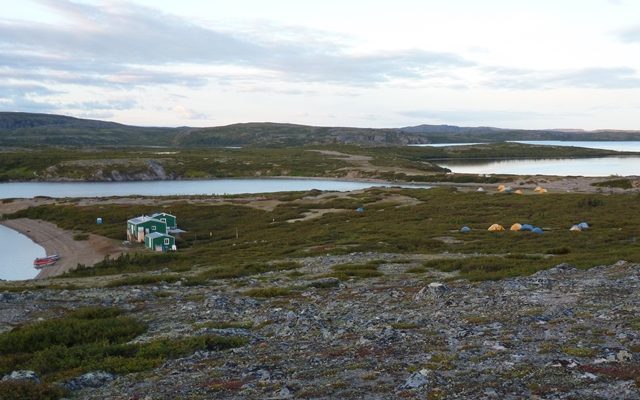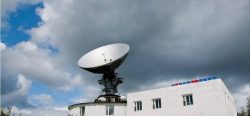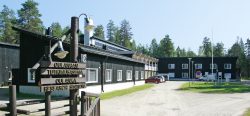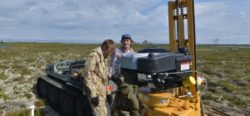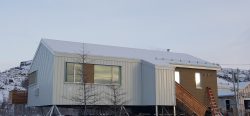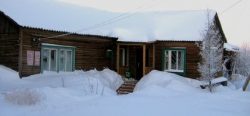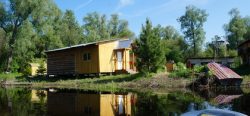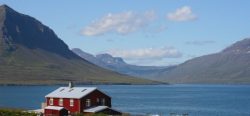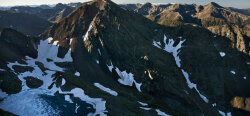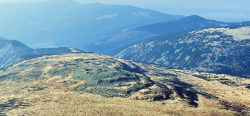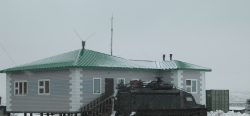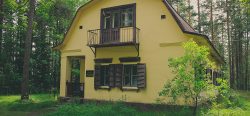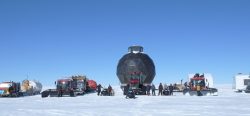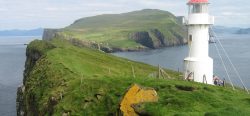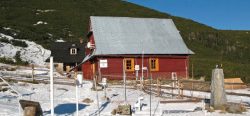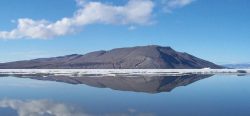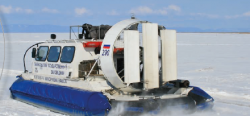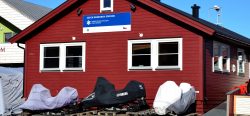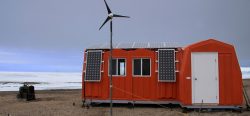Contact Details
Whapmagoostui-Kuujjuarapik, Quebec
Canada J0M 1G0
- Phone: +1 819 929-3319
- Email: cen@cen.ulaval.ca
STATION NAME AND OWNER
The CEN Boniface River Station is owned and run by the Centre d’études Nordiques (CEN: Centre for Northern Studies) whose secretariat is based at Université Laval, Québec, Canada. This station is part of the CEN’s research station network called Qaujisarvik.
LOCATION
The Boniface River Research Station is situated within the forest tundraA type of ecosystem in which tree growth is limited by low temperatures. The origin of the word is from from the Kildin Sami word t?ndâr, meaning "uplands" or "treeless mountain tract". In the northern... More less than 10 km from the tree limit and some 30 km inland from Hudson Bay (57°45’ N, 76°10’ W).
BIODIVERSITY AND NATURAL ENVIRONMENT
The landscape around the station is composed of both wooded hills (30 %) and hills dominated by tundraA type of ecosystem in which tree growth is limited by low temperatures. The origin of the word is from from the Kildin Sami word t?ndâr, meaning "uplands" or "treeless mountain tract". In the northern... More vegetation (70 %). The most protected sites are generally forested except for areas that have been affected by fire and consequently induced an opening in the forest cover. Landscape features of scientific interest are discontinuous permafrostPermafrost is frozen ground that remains at or below zero degrees Celsius (32 degrees Fahrenheit) for two or more years. It forms in regions where the mean annual temperature is... More, thermokarstA landform that results when ground ice (ice-rich permafrost) melts. The melting leaves small, marshy hollows and hummocks in the land as the ground settles unevenly. See also thermokarst lake.... More ponds, palsas, the Boniface River, and the treeline.
HISTORY AND FACILITIES
The Boniface River Research Station was constructed in 1985 by Professor Serge Payette to conduct research on past treeline and tree growth dynamics in the context of Climate ChangeAccording to the United Nations Framework Convention on Climate Change, climate change is change in the climate of the whole Earth or a region of the Earth that is believed... More. It was upgraded in 2010. Presently, the station is comprised of three individual buildings (one with a shower) that serve primarily as laboratories and a kitchen building. These are powered by solar energy and heated with an oil furnace. Onsite there are two zodiac-style boats. Access to the different research sites is primarily by helicopter or by the Boniface River, which is navigable for some 20 km. Dormitory tents and sleeping bags for researchers and students can be provided by the CEN. Typically, between five and twenty people can be found at the research station during the summer season.
GENERAL RESEARCH AND DATABASES
Meteorological stations installed within the proximity of the research station have been recording the prevailing conditions at the tree limit, including the thermal contrast (air and soil) between tundraA type of ecosystem in which tree growth is limited by low temperatures. The origin of the word is from from the Kildin Sami word t?ndâr, meaning "uplands" or "treeless mountain tract". In the northern... More and forest environments, since 1988. In addition, tree growth has been measured with the aid of a dozen electronic dendrometers since the summer of 2005. Extensive data records are available at: www.cen.ulaval.ca/nordicanad or upon request (cen@cen.ulaval.ca). Topics which are studied at the station include the following, but are not exclusive to these: Vegetation dynamics of a sub-arctic topo-sequence and the interaction between climateThe average weather we would expect over a long period of time (seasons, years, decades). Climate varies from place-to-place across the Earth. Climate is determined by long-term (over at least... More and forest fires, genetic homogeneity in the ecological heterogeneity of Québec sub-arctic forests in relation to climatic change, black spruce growth as an indicator of Climate ChangeAccording to the United Nations Framework Convention on Climate Change, climate change is change in the climate of the whole Earth or a region of the Earth that is believed... More at the treeline in northern Quebec, origin and dynamics of wooded palsas in the Boniface River region, dwarf birch (Betula glandulosa) densifi cation since 1950, the influence of permafrostPermafrost is frozen ground that remains at or below zero degrees Celsius (32 degrees Fahrenheit) for two or more years. It forms in regions where the mean annual temperature is... More on riverine ecosystemAll the living organisms (including people) in an area as well as its physical environment, functioning together as a unit. An ecosystem is made up of plants, animals, microorganisms, soil,... More dynamics, fire history of the Boniface River region, long black spruce tree-ring chronology, riparian ecosystemAll the living organisms (including people) in an area as well as its physical environment, functioning together as a unit. An ecosystem is made up of plants, animals, microorganisms, soil,... More dynamics, Holocene evolution of a palsa plateau at the tree limit, and structural dynamics of an ancient spruce lichenLiving organisms consisting of two organisms, a fungus (a mycobiont) and a photobiont, living together in a body called a thallus. The photobiont can use light energy to produce sugars.... More woodland at the northern forest limit.
HUMAN DIMENSION
No communities live at or near Boniface River Station. The nearest community is Inukjuak more than 120 km away and on the shores of eastern Hudson Bay.
ACCESS
Beginning in the summer of 2001, supplies for the research station have been delivered primarily by fixed winged aircraft, i.e. Twin Otter, thanks to the construction of a 300 m long airstrip situated on the opposite shore of the research station. Access to the station is by chartered helicopter or Twin Otter, departing from Whapmagoostui-Kuujjuarapik.
